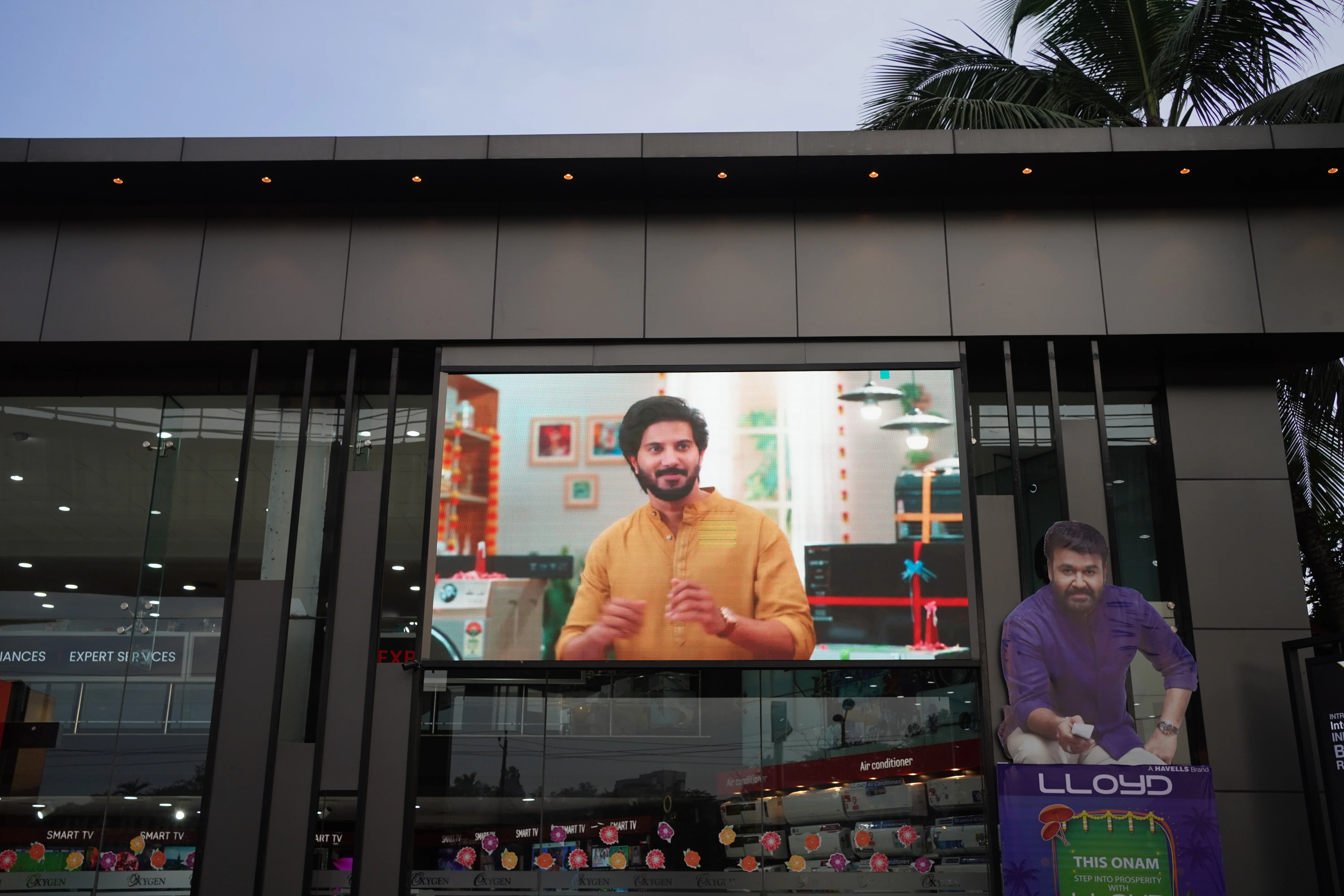Blog Details
LED SCREEN VS LCD SCREENS

- Posted On 27 May 2022
#ledvideowallinindia ,#rentalLedscreenindia, #advertisingleddisplayscreeninindia, #ledscreenmanufacturers, #Ledwallpriceinkerala, #p2ledwallinindia, #Leddancefloor, #novastarvx1pricesin India
Many of us are still confused about the difference between an LED screen and an LCD screen panel, despite the fact that they have become the industry standard in recent years. They have become a huge part of our lives, from our home televisions to the bright and bold digital shop and electronic window displays that we see every day on the high street, but very few of us comprehend them on a fundamental level.
So, how do these panels function and what is the difference between an LED screen display and an LCD display? It's possible that the answers aren't as complicated as you believe.
Backlit LED screen displays, which work similarly to LCD displays by using an array of LEDs to light the screen, and LED screens that work by emitting light in RGB colours directly from the front of the display, are the two primary forms of LED display.
From a manufacturing standpoint, both choices are more cost-effective, as LEDs (light-emitting diodes) are less expensive to create than the CCFL (cold-cathode fluorescent lamp) tubes used in LCD screens.
The direct display option usually provides a more detailed and complicated image. LED screens are similar to their LCD counterparts in terms of principle (and functioning). In reality, the visual quality is nearly same on both.
LED screens are available in three different configurations.
Direct Lit - This is the most cost-effective option, as it requires the fewest LEDs. They're bigger and can't be manipulated separately, thus they can only display a limited amount of information. They are, nevertheless, ideal for larger, less expensive displays when better resolution isn't a priority. Given the area necessary behind the screen to fit the larger LEDs and diffusers, these screens tend to be rather deep.
What are LCD Screens and How Do They Work?
A liquid crystal display (LCD) screen is made up of two parts: the display and the backlight that illuminates it, with a diffuser in between to keep the brightness levels consistent over the entire screen. The LCD itself does not emit any light; instead, it filters the backlight into a variety of individual pixels and colours.
Full Array - The most popular (and most expensive) type of LED backlighting, this technology evenly distributes the LEDs to generate a more consistent light, allowing for more dynamic colours and lighting. Colored LEDs are used in some full array LED screens, allowing for a larger and deeper range of colours.
